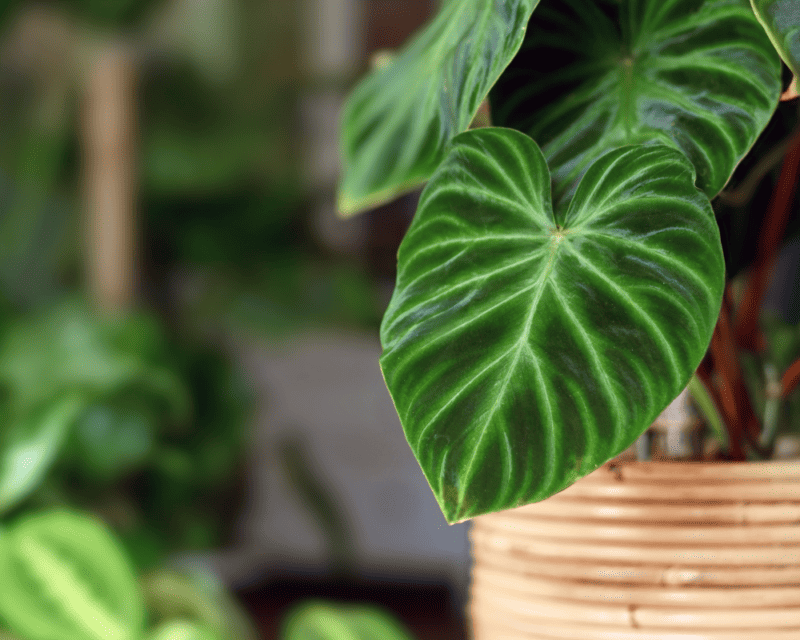Indoor air quality is a critical aspect of maintaining a healthy home environment. According to the Environmental Protection Agency, the air we breathe indoors can be up to five times more polluted than outdoor air. These pollutants include dust mites, pet dander mould spores, and volatile organic compounds. Over time, these contaminants can cause various health issues, such as allergies, asthma, and other respiratory conditions. This guide provides practical tips to improve indoor air quality, ensuring a healthier living space for you and your loved ones.
Common Sources of Air Pollutants and Health Impacts
Several common sources contribute to poor indoor air quality. One of the primary is combustion pollutants, gases or particles from burning materials such as wood, gas, or oil. Second-hand smoke is another major contributor to various health problems, including respiratory infections and lung cancer. Household products like paints, varnishes, and certain cleaning items can also release volatile organic compounds, which have been linked to chronic health conditions.
Health impacts resulting from these pollutants range from minor discomfort to severe conditions. Short-term effects might include symptoms similar to a cold or allergies, such as sneezing, coughing, and eye irritation. Prolonged exposure, however, can lead to serious health issues like heart disease, respiratory diseases, and even cancer. Therefore, it’s crucial to recognize these sources and take necessary measures to improve the air quality inside your home.
Proper Ventilation Techniques
Ventilation is crucial to maintaining good indoor air quality as it allows fresh air to enter and circulate throughout your home, diluting the concentration of pollutants. Here are some effective techniques to enhance air circulation:
- Natural Ventilation: This involves allowing outdoor air to enter the home through opened doors and windows when the weather permits. This method is one of the easiest and most cost-effective ways to circulate fresh air inside your home.
- Mechanical Ventilation includes using devices such as exhaust fans, ceiling fans, and whole-house ventilation systems. These devices help remove stale air and distribute fresh air throughout your home.
- Spot Ventilation: This method involves using localized exhaust fans in high pollutant production areas like the kitchen or bathroom. These fans help quickly pull pollutants out of the room before spreading them throughout the house.
Remember, while these techniques can help reduce the concentration of indoor air pollutants, they are not a substitute for minimizing the sources of pollutants in the first place. Always eliminate the use of pollutants products and activities inside your home whenever possible.
Dealing With Humidity via Dehumidifiers
High humidity levels can significantly contribute to poor indoor air quality by encouraging the growth of mould, mildew, and dust mites. Consider using a dehumidifier to effectively control and maintain appropriate humidity levels in your home.
Dehumidifiers work by removing excess moisture from the air, helping to prevent condensation, mould growth, and damp patches that could lead to structural damage.
They create a healthier indoor environment by reducing the humidity levels to an inhospitable range for allergens. If you are wondering when to use a dehumidifier, look out for condensation on windows, mould growth, or musty odours. Using a dehumidifier will help to reduce excess moisture and help prevent mould from spreading.
When choosing a dehumidifier, consider the size of your room and the extent of the dampness. For severe humidity issues, a whole-house dehumidifier might be required. Remember to regularly clean and maintain your dehumidifier to ensure it operates effectively.
Indoor Plants for Air Quality

One of the most natural and aesthetically pleasing ways to improve indoor air quality is by incorporating houseplants into your living space. Certain indoor plants act as natural air purifiers, absorbing common indoor pollutants during photosynthesis.
Houseplants improve indoor air quality through a process called phytoremediation. This process involves the plants absorbing harmful substances from the air and then breaking them down or storing them in their roots, leaves, or soil. As a result, these air-purifying plants can significantly reduce the concentration of indoor air pollutants, providing cleaner and fresher air for you and your family.
When selecting indoor plants for air quality improvement, it is essential to consider factors such as the size of your living space, available sunlight, and your commitment to plant care. Some air-purifying plants require more attention, while others are low-maintenance and can thrive with minimal care.
In conclusion, maintaining good indoor air quality is crucial for a healthy living environment. You can significantly improve indoor air quality by understanding and identifying sources of pollutants, practising proper ventilation techniques, controlling humidity levels with dehumidifiers, and using indoor plants as natural air purifiers. Remember, proactively addressing these issues contributes to your overall health and well-being and enhances the comfort and longevity of your living space. It’s worth evaluating your home’s air quality and making the adjustments needed for a fresher, healthier indoor environment.
